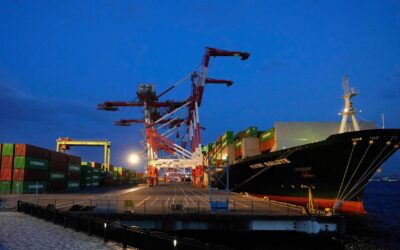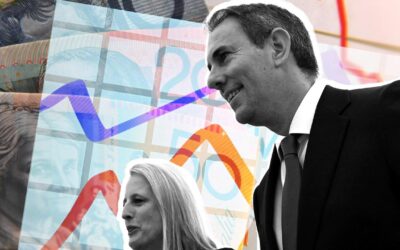Sorry, that’s old news…
You’ve found an older news story. We delete stories from our AAP News Feed after two months. But fear not, here’s today’s news!

Inflation in Britain dropped further than expected in November, potentially backing up a widely expected decision ...

The treasurer has flagged more funding to root out illicit tobacco syndicates but refused to lower the excise ...

Japan's exports to the US have rebounded in a sign of easing pain from US tariffs following a trade deal with the ...

The federal budget's cumulative deficits over the next four years are predicted to be $8.4 billion less than ...

An established hacking group says it has stolen the identifying data of Pornhub users and is threatening expose ...

Australia's national science agency will receive a boost worth hundreds of millions of dollars to prioritise ...

Shares in Penfolds owner Treasury Wine Estates plunged in early trading after it pointed to a fall in first half ...

There's been another twist in the race for assets that include Warner Bros' storied film and TV studio and its ...
No results found.
Background image courtesy victoriancollections.net.au